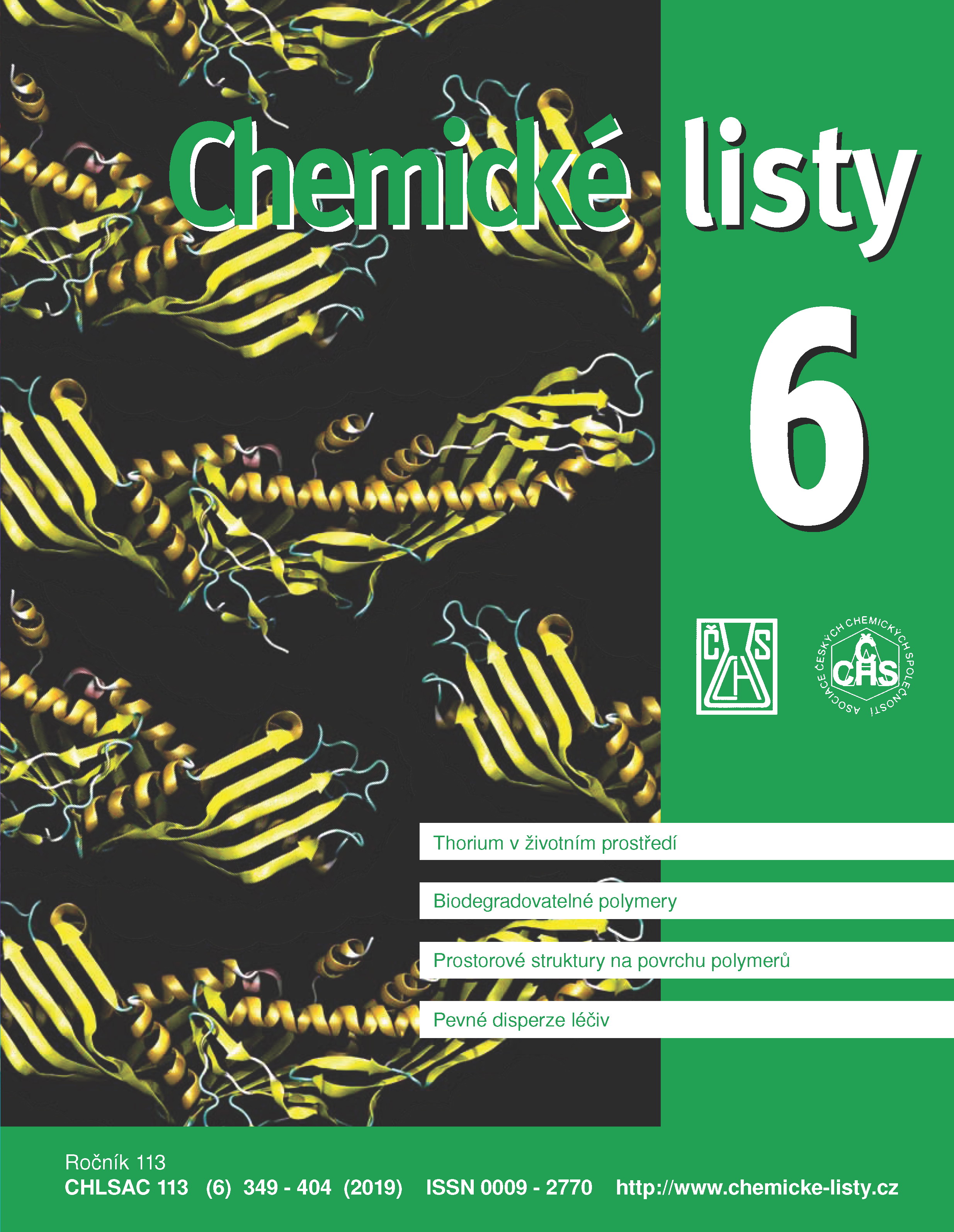The Concept of a Dynamic Active Site in a Heterogeneous Photocatalytic Oxidation Reaction
Keywords:
active centre, reaction rate, photon, transport phenomena, photo-induced activityAbstract
In this communication we wished to introduce the concept of a dynamic active site (CDAS) for oxidation of thin films photocatalysts as a certain analogy to the common conceptions of active sites in heterogeneous catalysts. The main intention was to show an experimental algorithm which should be applied if two (or more) different thin film photocatalysts are to be compared in a particular reaction. It is unfortunately very common that the performances of two particular photocatalysts are compared and conclusions are drawn, but such a comparison is incorrect from principle reasons. It was shown here that the existence of a dynamic active site must be validated first for both (or more) catalytic species being compared, and only if it is successful at this stage. Standard kinetic data treatment and their comparisons are possible. Polarization curves provided by the linear voltammetry (I-E/current-voltage) reflect the ability of the light sensitive semiconducting films to generate the carriers (electrons and holes) upon illumination. The stability of the generated photocurrent level (the plateau) indicates the same rate of the formation of charges and their recombination. If this is true, the electrochemical system occurs in the state of dynamic equilibrium. Under model conditions, it is thus possible to assess whether or not a particular photocatalytic material tends to generate h+ species in the same rate as it vanishes. If the answer is positive, the holes h+ might be formally referred to as standard active sites since upon fixed illumination their abundance is constant in time.





